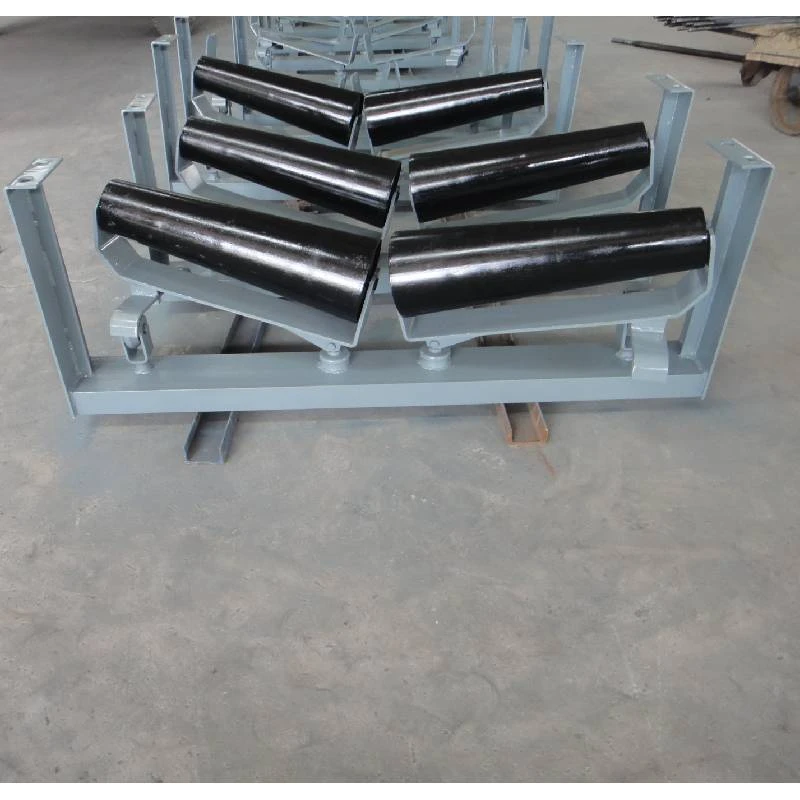 Afrikaans
Afrikaans  Albanian
Albanian  Amharic
Amharic  Arabic
Arabic  Armenian
Armenian  Azerbaijani
Azerbaijani  Basque
Basque  Belarusian
Belarusian  Bengali
Bengali  Bosnian
Bosnian  Bulgarian
Bulgarian  Catalan
Catalan  Cebuano
Cebuano  Corsican
Corsican  Croatian
Croatian  Czech
Czech  Danish
Danish  Dutch
Dutch  English
English  Esperanto
Esperanto  Estonian
Estonian  Finnish
Finnish  French
French  Frisian
Frisian  Galician
Galician  Georgian
Georgian  German
German  Greek
Greek  Gujarati
Gujarati  Haitian Creole
Haitian Creole  hausa
hausa  hawaiian
hawaiian  Hebrew
Hebrew  Hindi
Hindi  Miao
Miao  Hungarian
Hungarian  Icelandic
Icelandic  igbo
igbo  Indonesian
Indonesian  irish
irish  Italian
Italian  Japanese
Japanese  Javanese
Javanese  Kannada
Kannada  kazakh
kazakh  Khmer
Khmer  Rwandese
Rwandese  Korean
Korean  Kurdish
Kurdish  Kyrgyz
Kyrgyz  Lao
Lao  Latin
Latin  Latvian
Latvian  Lithuanian
Lithuanian  Luxembourgish
Luxembourgish  Macedonian
Macedonian  Malgashi
Malgashi  Malay
Malay  Malayalam
Malayalam  Maltese
Maltese  Maori
Maori  Marathi
Marathi  Mongolian
Mongolian  Myanmar
Myanmar  Nepali
Nepali  Norwegian
Norwegian  Norwegian
Norwegian  Occitan
Occitan  Pashto
Pashto  Persian
Persian  Polish
Polish  Portuguese
Portuguese  Punjabi
Punjabi  Romanian
Romanian  Russian
Russian  Samoan
Samoan  Scottish Gaelic
Scottish Gaelic  Serbian
Serbian  Sesotho
Sesotho  Shona
Shona  Sindhi
Sindhi  Sinhala
Sinhala  Slovak
Slovak  Slovenian
Slovenian  Somali
Somali  Spanish
Spanish  Sundanese
Sundanese  Swahili
Swahili  Swedish
Swedish  Tagalog
Tagalog  Tajik
Tajik  Tamil
Tamil  Tatar
Tatar  Telugu
Telugu  Thai
Thai  Turkish
Turkish  Turkmen
Turkmen  Ukrainian
Ukrainian  Urdu
Urdu  Uighur
Uighur  Uzbek
Uzbek  Vietnamese
Vietnamese  Welsh
Welsh  Bantu
Bantu  Yiddish
Yiddish  Yoruba
Yoruba  Zulu
Zulu drive belt tensioner pulley
Understanding the Drive Belt Tensioner Pulley Functionality and Importance
The drive belt tensioner pulley is a crucial component in the engine of most modern vehicles, playing a significant role in the overall functionality and efficiency of the engine’s drive belt system. As engines become more sophisticated, the demand for reliable and efficient power transfer among engine components increases, making the understanding of each component's function vital for both automotive professionals and enthusiasts.
What is a Drive Belt Tensioner Pulley?
The drive belt tensioner pulley is a part of the serpentine belt system, which powers various accessories in the vehicle, including the alternator, water pump, power steering pump, and air conditioning compressor. The tensioner pulley is designed to maintain the appropriate amount of tension on the drive belt, ensuring that it does not slip or come loose during operation. This component is typically spring-loaded, which allows it to automatically adjust tension as needed, accommodating for any wear or stretch of the belt over time.
Function of the Tensioner Pulley
The primary function of the drive belt tensioner pulley is to maintain consistent tension on the serpentine belt. This is crucial because if the belt is too loose, it can slip, leading to inefficient power transfer and potential damage to the engine accessories. Conversely, if the belt is too tight, it can cause excessive wear on the belt and stress on the engine components.
The tensioner also absorbs vibrations and shocks from the engine's operation, providing a smoother drive and prolonging the lifespan of the belt and the associated components. By constantly adjusting tension, the tensioner pulley helps in optimizing performance, enhancing fuel efficiency, and reducing the likelihood of belt failure.
drive belt tensioner pulley

Signs of Wear and Tear
Like any mechanical component, the drive belt tensioner pulley is subject to wear and tear. Common signs that may indicate a failing tensioner include
1. Squeaking or squealing noises These sounds can arise from a loose or frayed belt that is not being adequately tensioned by the pulley. 2. Cracks or fraying on the drive belt An indication that the tension may not be optimal. 3. Belt slippage If the tensioner is not maintaining proper tension, the belt may slip, resulting in decreased performance of engine accessories. 4. Visual wear on the tensioner Cracks, oil leakage, or excessive movement can signal that it’s time to replace the tensioner.
Importance of Regular Maintenance
Regular maintenance of the drive belt and tensioner pulley is essential for vehicle health. It is advisable to inspect the serpentine belt and tensioner during routine vehicle check-ups. Mechanics often recommend replacing the belt and tensioner together, as they typically wear down around the same time, ensuring that both components work harmoniously.
In summary, the drive belt tensioner pulley is a vital component in the performance and reliability of a vehicle’s engine. Its ability to maintain the correct tension on the drive belt plays a significant role in optimizing power transfer, reducing wear on associated components, and ensuring a smoother engine operation. Routine inspections and timely replacements can prevent minor issues from escalating into more major repairs, ultimately saving vehicle owners both time and money in the long run. Understanding the drive belt tensioner pulley and its function can empower car owners to take better care of their vehicles and avoid unnecessary complications.
-
Revolutionizing Conveyor Reliability with Advanced Rubber Lagging PulleysNewsJul.22,2025
-
Powering Precision and Durability with Expert Manufacturers of Conveyor ComponentsNewsJul.22,2025
-
Optimizing Conveyor Systems with Advanced Conveyor AccessoriesNewsJul.22,2025
-
Maximize Conveyor Efficiency with Quality Conveyor Idler PulleysNewsJul.22,2025
-
Future-Proof Your Conveyor System with High-Performance Polyurethane RollerNewsJul.22,2025
-
Driving Efficiency Forward with Quality Idlers and RollersNewsJul.22,2025





























